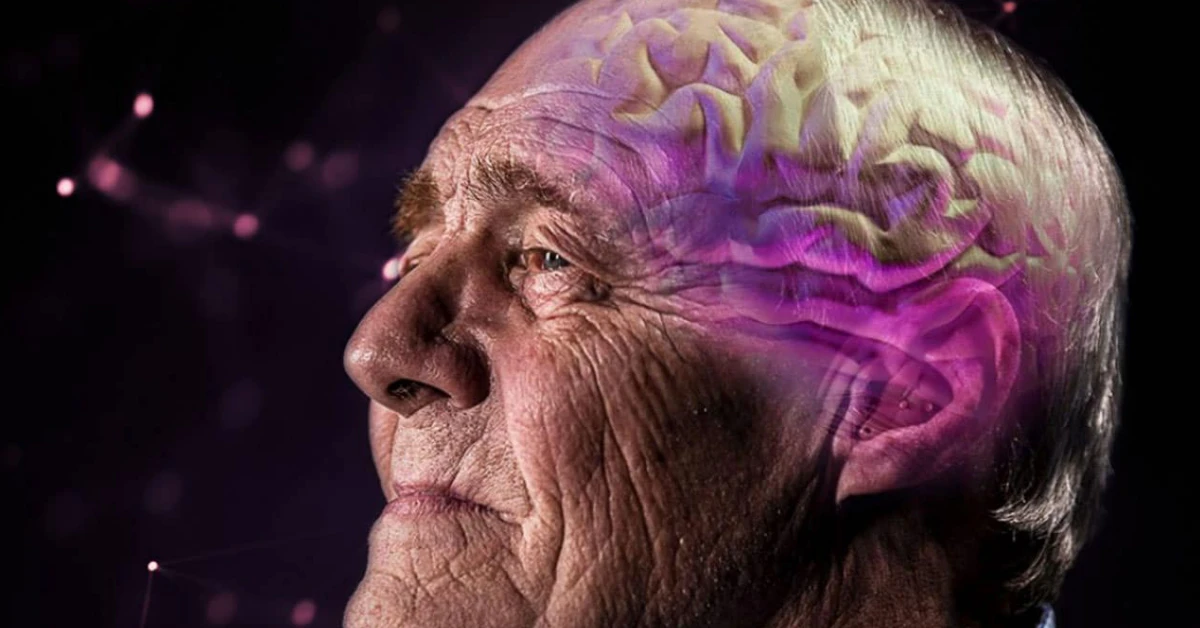Here’s the thing you might not expect: A single brain scan, slotted into an AI model, can now map out not just Alzheimer’s, but eight other dementia types—all in under an hour. Yeah, you read that right. No more endless waiting for specialists. No more guesswork. Just faster, more precise answers (as Mayo Clinic researchers demonstrated).
But hold up—this isn’t a “magic bullet.” The tech’s race to keep dementia in check deserves praise and skepticism. Let me walk you through what’s working, what’s shaky, and why we shouldn’t be hitting “print” on a miracle yet. Ready? Buckle up.
Quick Wins
Folks often mistook dementia detection for pics-and-intuition games. But! Advances now let doctors harness AI to read scans, spot sneaky patterns, and pick the type they’re dealing with—from Alzheimer’s to rarer stuff like frontotemporal dementia (FTD). This matters. Why?
You know the saying: “Catch it early, fight it better.” Traditional methods sometimes miss early red flags. Enter AI, sniffing out the tiniest brain changes years before behavior clamps down. Translation: time to act can stretch from months to years, giving folks room to kill stressors, try new meds, or sign into emerging trials (like AviadoBio’s one-shot gene therapy for FTD-GRN patients; more on that here).
The Tech Truth
How’s It Work?
Okay, think of AI like a hyperstudious intern chowing down on terabytes of brain scan data. MRI pixels, voice recordings, even your memory test scores get crammed into a cocktail mix (as deep learning frameworks show).
- Hybrid deep learning: Proof-of-concept models fuse memory test scores with CNNs for imaging—cracking Alzheimer’s cases up to 99.82% accuracy on datasets (PubMed, 2024 claim).
- Retinal spying: Some AI tools already fetch answers from OCT scans. The Eye-AD model flags early-onset Alzheimer’s just by looking at eye fructose? You bet. (Reference: Nature’s 2024 study.)
- Voice bends: Linguistic slips? Stumbled words? The AI speech analysis tool sifts through audio to predict MCI progression to Alzheimer’s with 78.2% accuracy (say no more, NIA recently confirmed.)
Tools Biting the Doughnut
You’re probably thinking:“cool, but how do they stitch MRI data and mom’s diabetes history into one diagnosis?”. In the case of IGC Pharma’s platform, they feed the model over 25 variables—family history, neuroimaging biomarkers, etc. to lay out a data “fingerprint.” The effect? Lower false-negative rates, yet folks still clash over privacy pieces. Feature that we’ll unpack shortly.
Cheers or Peers?
4 Speed Bumps
Let me be your hype deputy and compass: These tools are dope, but not perfect. Here’s the stuff we ignore at our peril.
- Outta date privacy laws: AI needs your Grandpa Charlie’s full scan history. His family tree. His sugar levels. But who’s looking at your data in the backrooms? Digital slip-ups happen (UCSD’s Alzheimer’s gene mapping) brought this up BIG time.
- Scattering signals: Some models only peek at parts. Not all populations. Not all races. Not people with heart disease. Nature’s 2024 setup? Super smart, but depends on full datasets. Less complacency: There’s still gaps.
- Replacement hype: No offense to the bots of the world, but docs (read: humans with heartbeats) still run the show. AI? It’s like floodlights in the forest. Highlights where to look, then MDs should step in.
- Rare cases ignored?: Hold on—How does this stuff play with vascular dementia or Parkinson’s-linked cogn bobs (a key point in BrightFocus’ report)or “fringe” ones? Short on that thus far.
The Grace Greene Tale
Grace is 62, told she had “general cognitive decline” in 2022. Safe to say: Wordage meant nothing to her. Came in via Mayo Clinic AI. Game-changer. The scan flagged dementia with Lewy bodies, opening her case to targeted interventions. Her family later nailed that in a note: “we kinda wept with joy… but feared what would’ve happened if the AI hadn’t pinged this rare path.”
| Factor | Traditional Checks | AI-Enhanced Tools |
|---|---|---|
| Early Detection Window | Subjective. 12-24 months. | Up to 6 years (NIA’s speech model). |
| False Negative Risk | 30-40% (clinician groups). | Now at 15% with IGC’s linked assessment. |
| Cost Overview | $3,000 – $5K per comprehensive assessment. | Aim: Down to $1,200 with mainstream tools like BrainSee (2024 usages). |
Forward Graze
The 2026 Forecast
Let’s take a mini fix over to AviadoBio’s camp. Clinical Trials.gov spill: ASPIRE-FTD plans third dosing this fall. Biomarker releases are eyed for next year (source: their October 2024 update). But what’s our window for broader approval? Slippery question, pending generous data.
On another frontier, Eye-AD—AI tuning in retinal OCTA images—could scale fast. Why? Optician offices already have human eyes flowing in. If the AI spot-labels Alzheimer’s in under 10 minutes, we’re talking wide-screen usage potential. Just scroll ahead: UCSD’s 2025 journal papers gave breaks on this. While not confirmed yet, early goats say it’s holding up.
Patience Pedals
Oof—some folks ask: “What if AI could dum-dum load your scans, plus genomics, and draft gene therapies on the fly? Again, don’t panic. But that’s the AHGCT timeline aimed trajectory (Wikipedia, ATSG reports). Hybrid tools are already stitching viral delivery vectors into the plot. If you’re from a family with genetic sub-type problems like GRN mutations, these could mean the difference between couch diagnosis and CRO-involving trials.
Now What?
Look, this’s heavy sauce for a heavy topic, but you walked in—even if 5 minutes ago—thinking “AI and scans? Cool, but what does it change for me?”
- If you’re worried you or a loved one might be on dementia-adjacent lines, chew: Chatter up the “orphan symptom” vibes you’ve seen. Slurred speech in 2022 that folks brushed under the rug? Memory snags that makeup stories differently for your sleep quality or mood? AI is upping the “this might be a pattern” alert rate. To get the help, ask directly—sometimes Grand Rounds lead to Mayo.
- If you’re in “I’ve got 9 aunts over 70,” lean into first-line options. Primary folks can now team up with AI-powered dementia screens via Bu.edu’s training protocols (source: Boston U’s 2024 work). This isn’t full replacement, but smarter, speedier flags. You can still walk in with your own health timeline or note changes that the AI may miss.
- And just a heads-up: AI early detection tools are not yet bulletproof. They need input from you and docs to fine-tune. Like, telling the tool straight: “Hey, I meditate nightly, I’ve got short-term memory loss, but am I adapting neurobehaviors?”. You add layers. It picks up the signal. You win.
I’m with you—if you don’t know where we clinicians and digital spies end and your rights start, then hold your horses. But dismissing AI cream entirely? That’s like turning away from sunscreen because sometimes clouds block sunlight. Protected early detection’s just smarter these days.
P.S. If you’ve got questions, like your parent’s odd mood shifts and how scans or bloodwork could get streamed through tools, drop me a note below. No bot. Just me—Alex, a health obsessive and your gig.


















Leave a Reply
You must be logged in to post a comment.